
Got a question? We're happy to help
08719844416Regular fridge cleaning keeps your food fresher for longer and helps prevent cross-contamination between foods. A clean fridge also runs more efficiently, using less energy and saving you money on bills. This guide walks you through cleaning every part of your fridge, from quick daily wipe-downs to deep cleaning, helping you maintain a hygienic food storage space with minimal effort.
A clean fridge offers benefits you'll notice right away:
Most families benefit from a quick weekly clean and a deeper clean every 3-4 months.
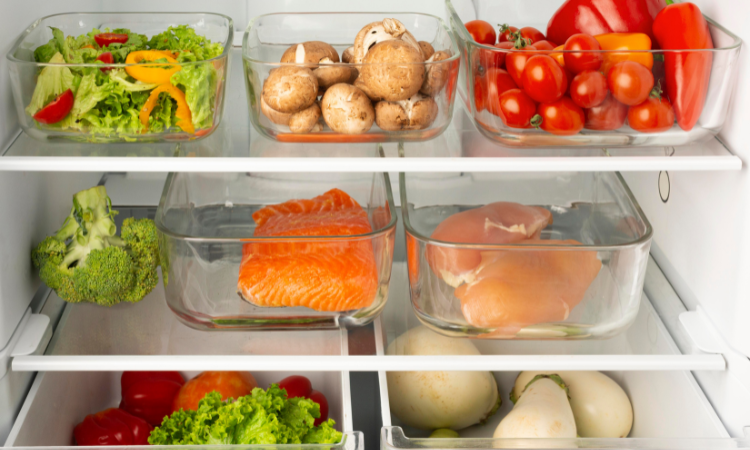
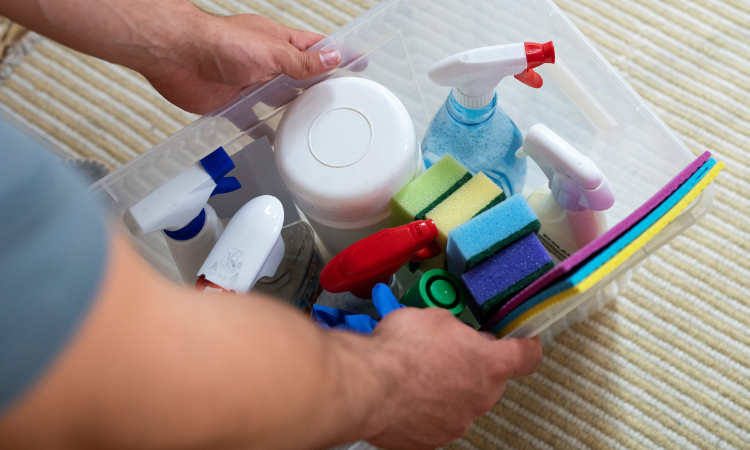
Gather these items before you start for a smooth cleaning process:
Avoid harsh chemicals like bleach or ammonia that could contaminate food or damage fridge surfaces.
Setting up properly saves time and keeps your food safe:
The best time to clean your fridge is when it's less full, ideally before your weekly shop. A quick clean takes about 30 minutes, while a deep clean might need 1-2 hours.
For routine cleaning, you can leave the fridge on. For deep cleaning, switch it off at the plug for safety and energy saving.
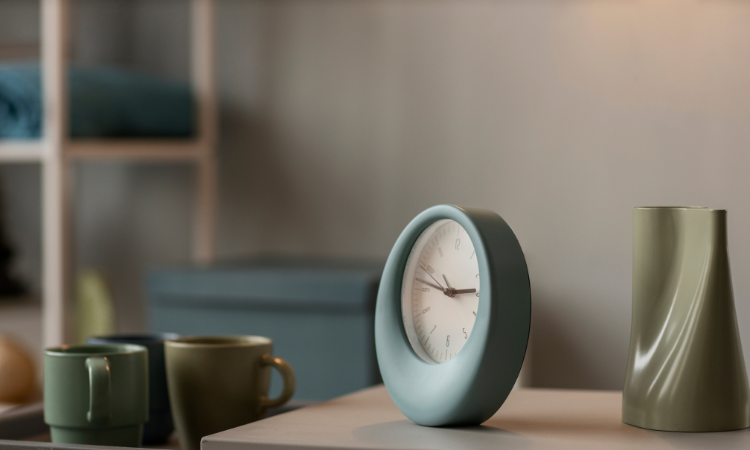
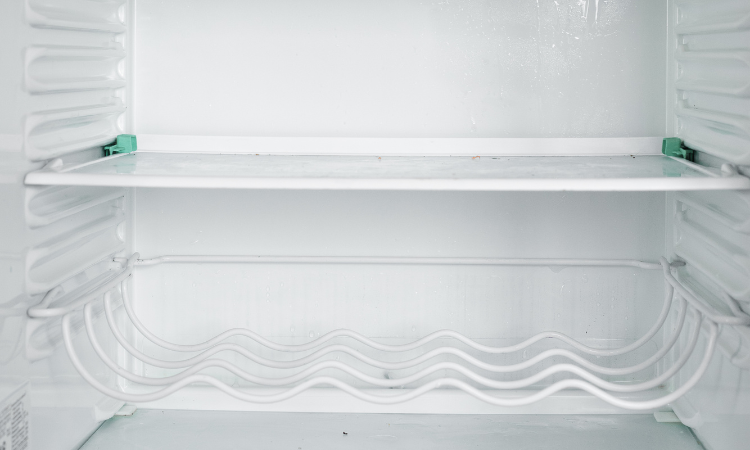
Follow these steps for a clean fridge:

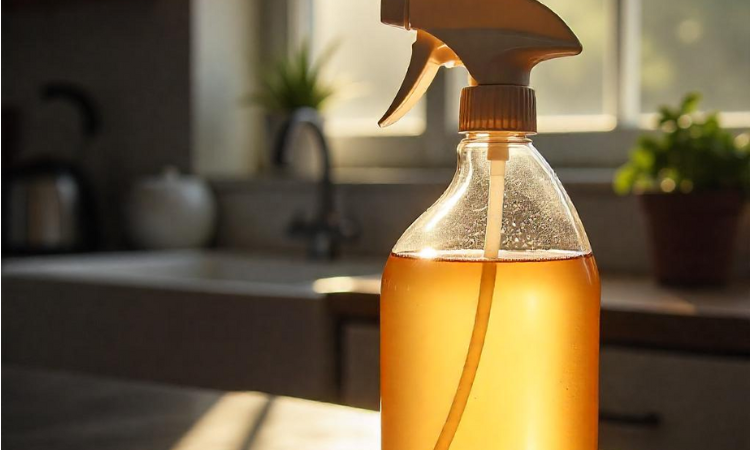
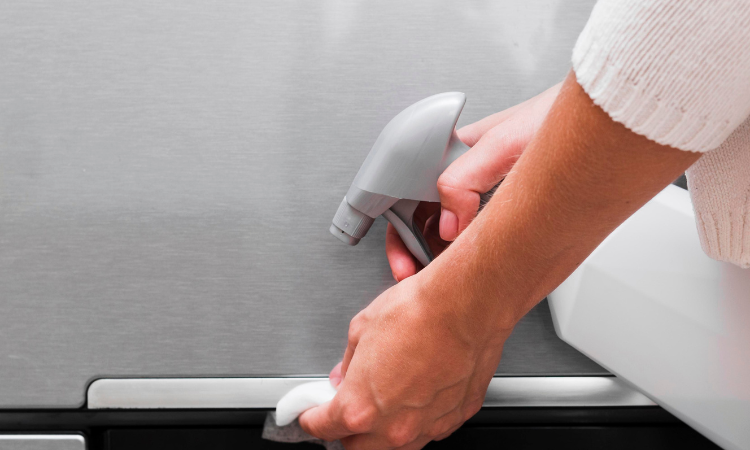
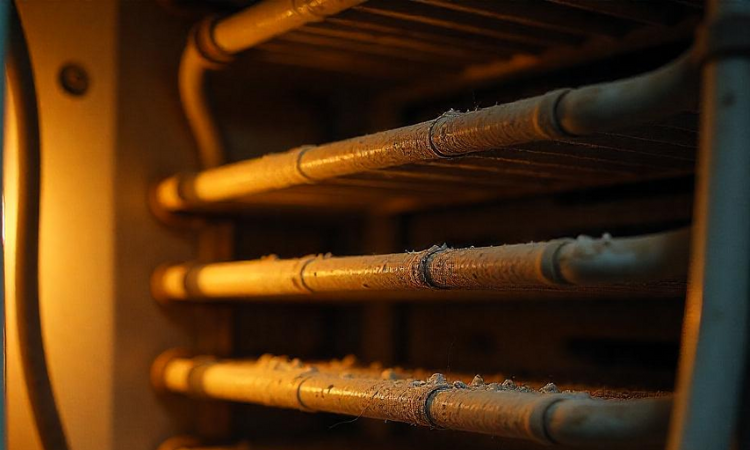
For a twice-yearly deep clean, tackle these areas for better efficiency:
Wipe spills immediately, do a quick clean weekly, and deep clean every 3-4 months.
Food-safe options include warm water with mild washing-up liquid, white vinegar solution, or baking soda and water. Avoid harsh chemicals.
Clean thoroughly with vinegar solution, then place an open container of baking soda, activated charcoal, or coffee grounds in the fridge to absorb odours.
No, let food cool for 1-2 hours first. Hot food raises the fridge temperature, making it work harder and potentially spoiling other foods.

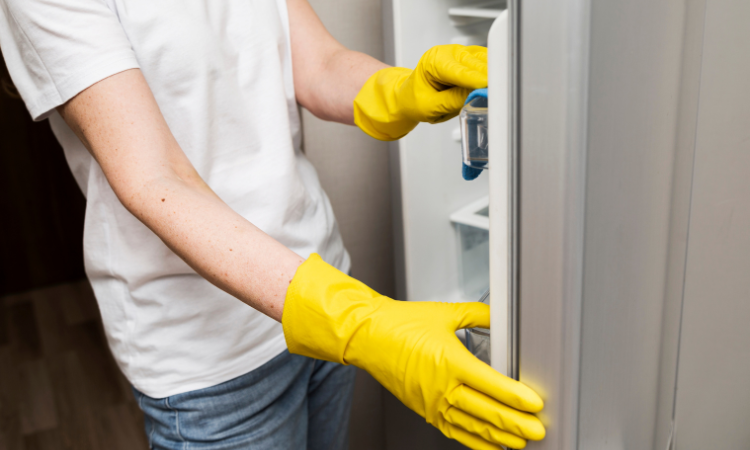
A clean fridge is about more than just looks – it's essential for food safety, preventing waste, and keeping your fridge running efficiently. By following this guide and establishing regular cleaning habits, you'll create a healthier food storage environment and potentially extend your appliance's lifespan.
Remember that small, consistent efforts like wiping spills immediately and checking for expired food weekly will make your deep cleans much easier. Your future self will thank you for the time invested in proper fridge maintenance – with fresher food, lower energy bills, and fewer unpleasant surprises lurking behind your leftovers.
